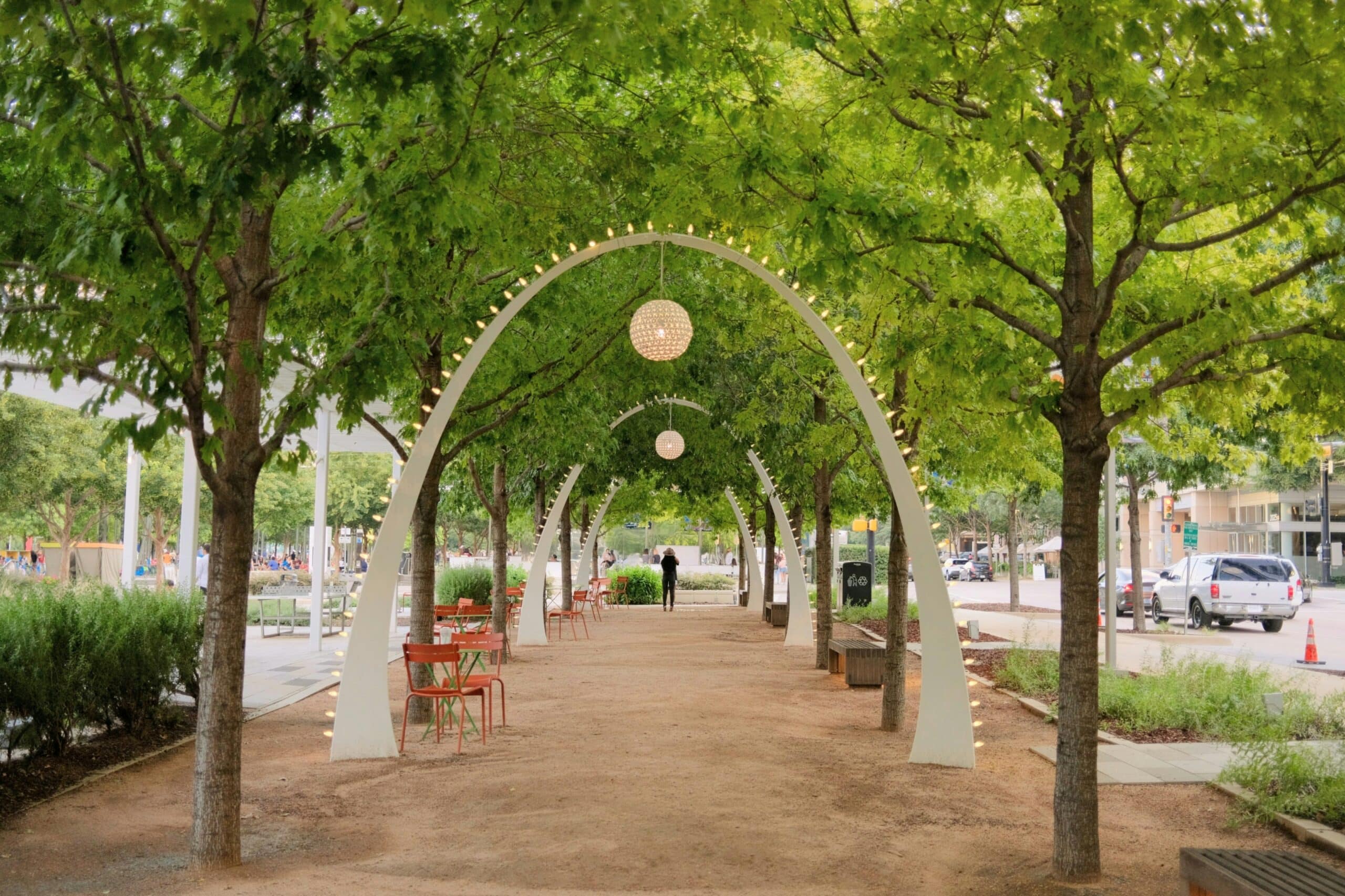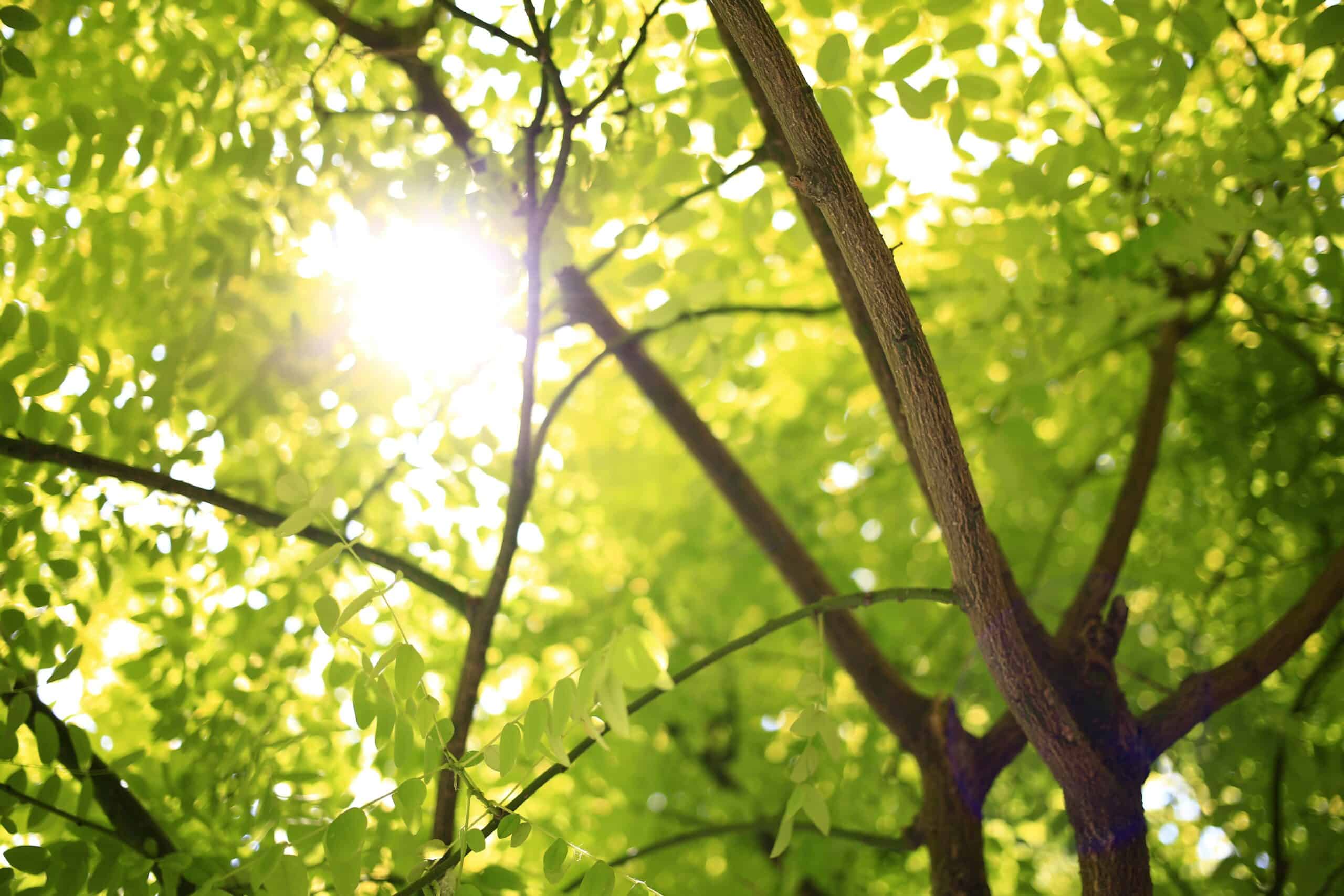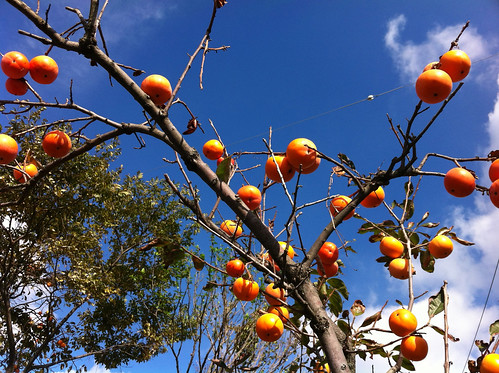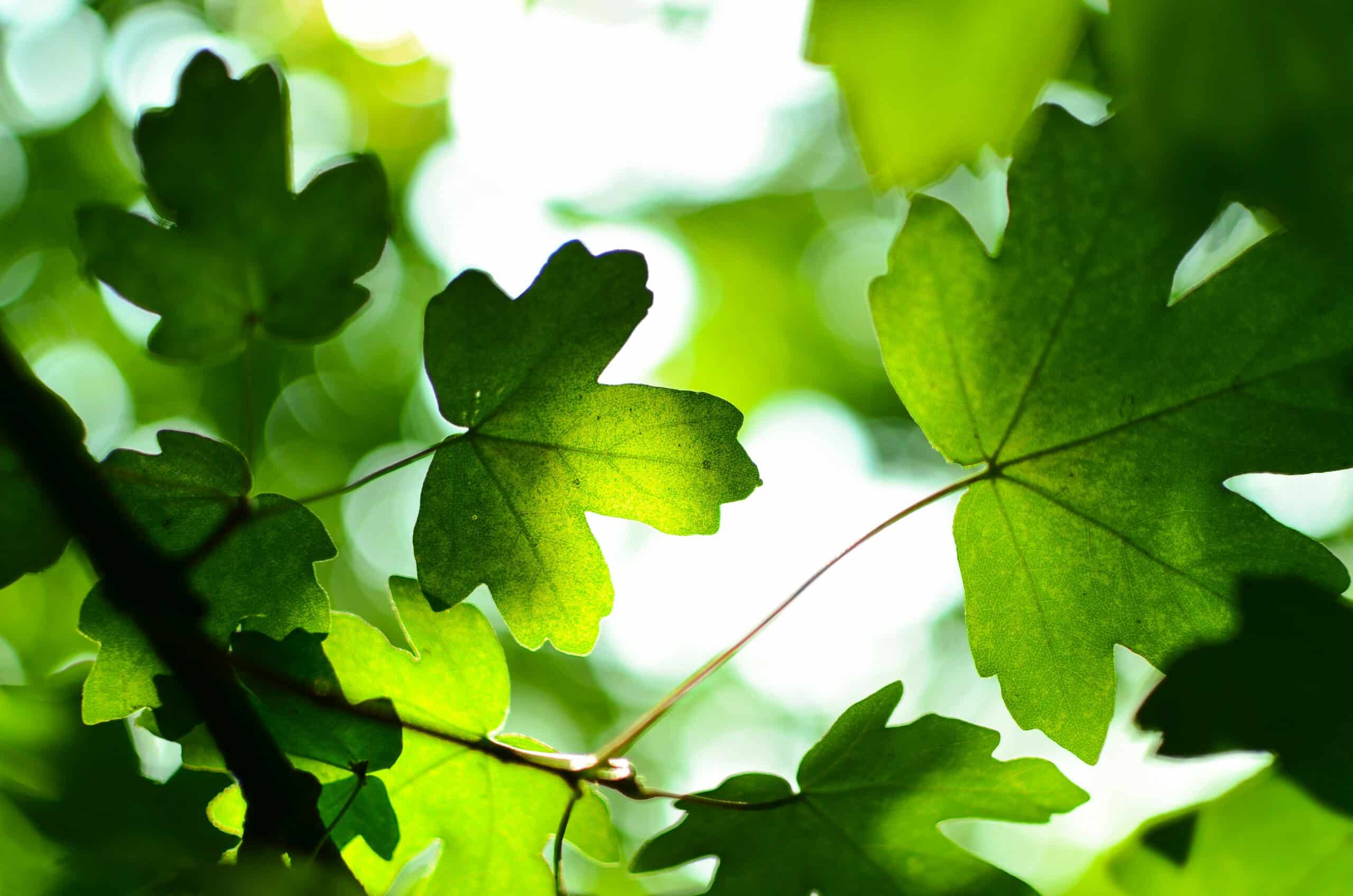
Date May 14, 2025
Category
Introduction
Urban forests are essential to our city landscapes, providing critical ecological benefits and improving urban living conditions. These green spaces are much more than clusters of trees; they are dynamic ecosystems that support biodiversity, enhance urban aesthetics, and provide social and health benefits to city dwellers. The unsung heroes who maintain and protect these vital areas are the certified arborists, whose expertise ensures that urban forests continue to thrive amidst the challenges posed by urbanization. In the bustling heart of Texas, for instance, an arborist Dallas offers indispensable services that help maintain the delicate balance between urban life and nature.
Certified arborists are more than tree caretakers; they are strategic planners and problem solvers trained to manage the complex interplay between trees, wildlife, and human communities. Their role is critical as cities expand and the pressure on green spaces increases. By employing scientific methods and innovative techniques, these professionals ensure that urban forests remain healthy and vibrant, ready to combat the challenges of a changing climate and overcrowding.
What Are Urban Forests?
Urban forests encompass various trees, shrubs, and associated plant life within and around urban areas. These green domains are crucial to city planning, serving as green lungs and habitats for diverse flora and fauna. They offer aesthetic beauty and bring a sense of tranquility to bustling urban environments. City planners often incorporate urban forests into strategic urban development plans to enhance livability and promote sustainability. The ecosystem services offered by urban forests, including pollution management, temperature moderation, and stormwater control, render them essential assets for every city.
The Vital Role of Certified Arborists
Certified arborists, often considered the guardians of urban jungles, have a pivotal role in maintaining and enhancing the health of urban forests. They assess the health and vitality of individual trees and the ecosystem as a whole. With a keen eye for diagnosing diseases and identifying hazardous trees, arborists ensure public safety and sustainable urban vegetation management. According to the International Society of Arboriculture, these professionals are adept at providing holistic care for urban green spaces. They use their expertise to enhance urban environments while balancing ecological preservation with urban development needs.
Training and Certification: The Path of an Arborist
To become a certified arborist, one must undergo extensive training and certification processes covering various topics, including tree biology, soil science, pest management, and urban planning. The certification, typically administered by recognized organizations, ensures that arborists have the skills and knowledge to address complex environmental challenges effectively. By keeping current with the newest scientific findings and industry benchmarks, certified arborists are prepared to implement best practices in urban forest management. Their knowledgeable choices are essential for tree planting, pruning, disease identification, and pest management.
How Arborists Maintain Urban Forest Health
Arborists employ various techniques to maintain and improve the vitality of urban woodlands. Strategic pruning enhances tree structure, encourages healthy development, and stops the spread of illness. Efficient pest management strategies safeguard trees from invasions that might result in significant harm or mortality. Furthermore, arborists recommend and implement soil enrichment strategies to supply trees with essential nutrients. Their expertise in selecting appropriate tree species for specific urban environments contributes to increased biodiversity and a more resilient urban canopy.
The Environmental Benefits of Urban Forests
Urban forests play a key role in environmental sustainability by acting as natural air filters, sequestering carbon, cooling urban heat islands, and providing habitats for wildlife. By removing pollutants from the air, trees contribute to better public health. Trees’ cooling impact decreases the demand for air conditioning, reducing energy use and greenhouse gas emissions. A study by The Nature Conservancy outlines urban trees’ many benefits, emphasizing their role in creating more resilient and adaptable urban areas amidst growing environmental pressures.
Social and Economic Impact of Urban Trees
Apart from the environmental benefits, urban forests have a significant positive social and economic impact. Trees increase property values and provide cost savings through reduced energy expenses. The aesthetic appeal and recreational opportunities urban forests offer improve residents’ quality of life, encouraging community engagement and better mental health. These green spaces foster social interactions and serve as venues for community events, contributing to a cohesive and vibrant urban community.
Community Involvement in Urban Forestry
Urban forests’ sustainability relies heavily on community involvement. Public partnerships with professional arborists, environmental organizations, and city officials are critical for fostering a shared sense of stewardship and responsibility. Community-based projects, such as tree planting events and educational workshops, empower residents to participate actively in urban forestry management. Such initiatives enhance community spirit and ensure that urban forests receive the care and attention they need to thrive over the long term.
Challenges and Future Directions for Urban Forestry
The path forward for urban forestry is riddled with challenges, including climate change, urban expansion, and increasing pest pressures. To address these issues, urban forestry strategies must focus on enhancing the resilience of urban ecosystems and integrating innovative practices. Future efforts will require collaboration across sectors, leveraging technology, and implementing adaptive management approaches. With certified arborists’ commitment and community support, urban forests can remain invaluable resources for future generations, sustaining the balance between urban development and ecological vitality.








